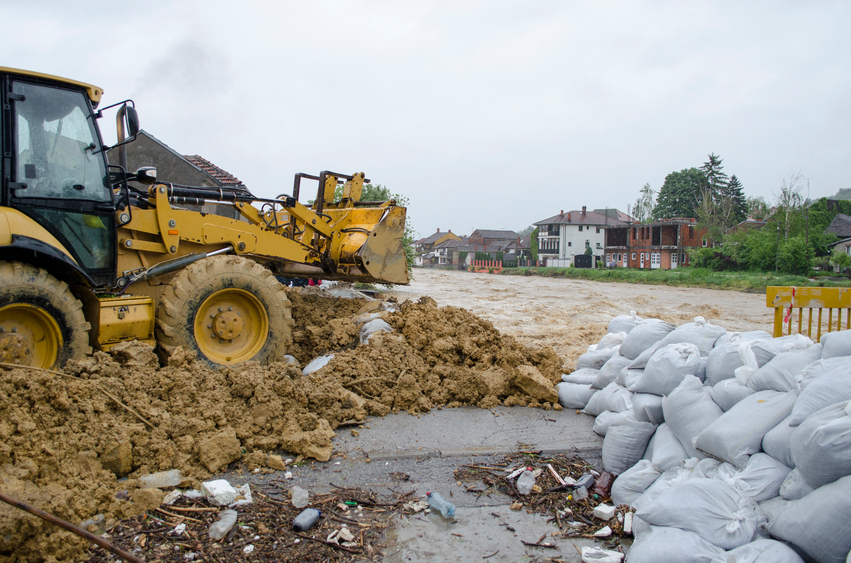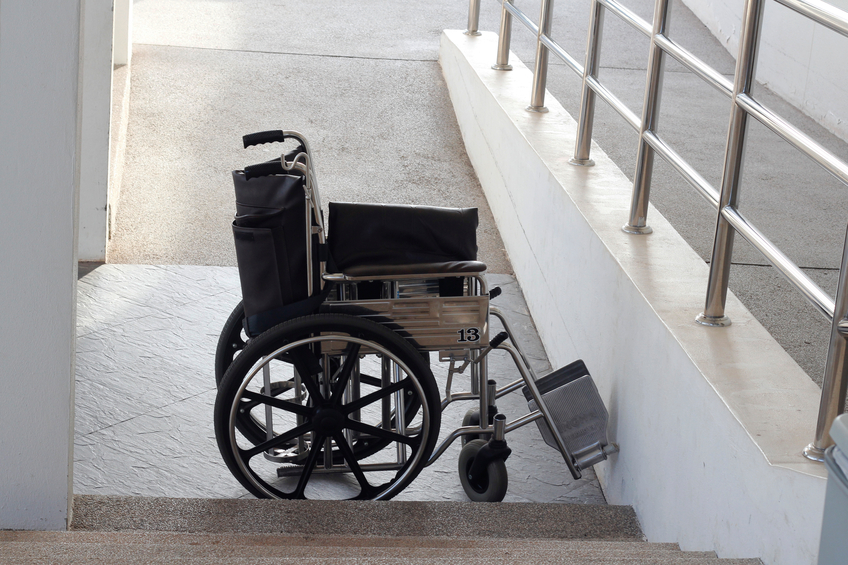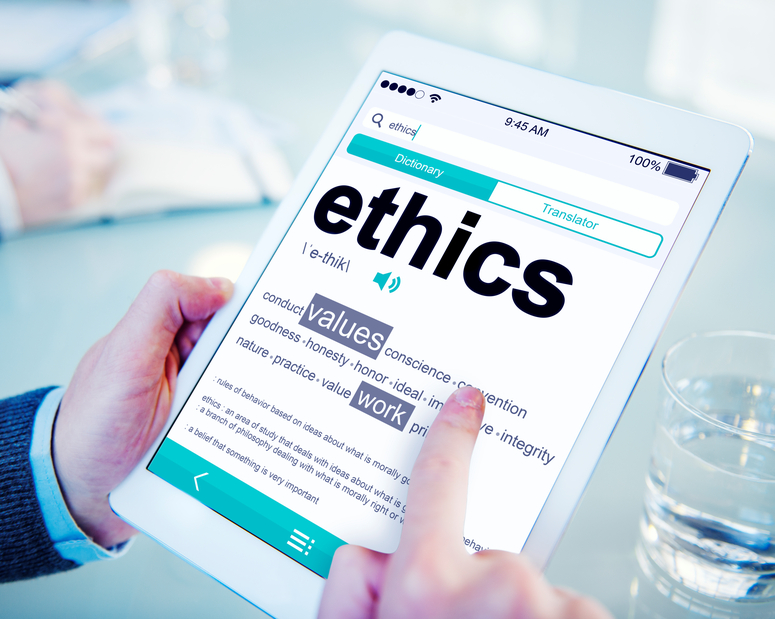Louisiana Civil, ADA and Ethics 15 PDH Discount Package 1
Design and Construction Guidance for Breakaway Walls (S03-021)
Plumbing Guidelines for ADA Accessibility (M02-056)
Accessible Routes for ADA Accessibility (A02-012)
Engineering Ethics for Louisiana Professional Engineers (LA1-002)

This online engineering PDH course describes the wide array of impact reduction and site design techniques that allow engineers and planners to create stormwater control mechanisms that function in a manner similar to that of natural control mechanisms.
The low-impact development (LID) approach combines a hydrologically functional site design with pollution prevention measures to compensate for land development impacts on hydrology and water quality. The primary goal of Low Impact Development methods is to mimic the predevelopment site hydrology by using site design techniques that store, infiltrate, evaporate, and detain runoff. Use of these techniques helps to reduce off-site runoff and ensure adequate groundwater recharge. Since every aspect of site development affects the hydrologic response of the site, LID control techniques focus mainly on site hydrology.
This 7 PDH online course is intended for civil and environmental engineers and planners as well as construction professionals who are interested in learning about low impact development design techniques and their applications.
This PE continuing education course is intended to provide you with the following specific knowledge and skills:
- Understanding low-impact development goals
- Understanding low-impact development site planning
- Understanding low-impact development hydrologic analysis
- Understanding low-impact development integrated management
- Understanding erosion and sediment control considerations for low-impact development
In this professional engineering CEU course, you need to review the course document titled "Low-Impact Development Design Strategies" prepared by the Prince George's County
Upon successful completion of the quiz, print your Certificate of Completion instantly. (Note: if you are paying by check or money order, you will be able to print it after we receive your payment.) For your convenience, we will also email it to you. Please note that you can log in to your account at any time to access and print your Certificate of Completion.

This engineering online PDH course provides guidance on designing and constructing breakaway walls below elevated buildings located in coastal high hazard areas in accordance with the National Flood Insurance Program (NFIP).
Obstructions below an elevated building can significantly increase the potential for flood damage by increasing the surface area subject to wave impact and velocity flow. As such, NFIP regulations require that the area below the lowest floor of elevated buildings either be free of obstructions or have any enclosed areas be constructed of non-supporting breakaway walls, open lattice-work, or insect screening. The walls, lattice, or screening are intended to collapse under wave loads without causing collapse, displacement, or other structural damage to the elevated building or the supporting foundation system.
This 3 PDH online course is intended for structural and geotechnical engineers, as well as design and construction personnel involved in coastal design and construction projects.
This PE continuing education course is intended to provide you with the following specific knowledge and skills:
- Understanding NFIP regulations concerning breakaway walls
- Learning about Flood Insurance Considerations affecting rates and costs of NFIP flood insurance for elevated buildings
- Knowing the Performance of Breakaway Walls
- Understanding the function of breakaway walls as well as their impact on other building elements
- Learning about the three different design methods for breakaway walls
Upon successful completion of the quiz, print your Certificate of Completion instantly. (Note: if you are paying by check or money order, you will be able to print it after we receive your payment.) For your convenience, we will also email it to you. Please note that you can log in to your account at any time to access and print your Certificate of Completion.

This online engineering PDH course focuses on the plumbing elements and facilities of the 2010 ADA standards for accessible design.
The Department of Justice published revised regulations for Titles II and III of the Americans with Disabilities Act of 1990 "ADA" in the Federal Register on September 15, 2010. These regulations adopted revised, enforceable accessibility standards called the 2010 ADA Standards for Accessible Design "2010 Standards" or "Standards". The 2010 Standards set minimum requirements – both scoping and technical – for newly designed and constructed or altered State and local government facilities, public accommodations, and commercial facilities to be readily accessible to and usable by individuals with disabilities.
This 2 PDH online course is applicable to mechanical and civil engineers, architects, construction managers and others interested in learning more about plumbing guidelines for ADA accessibility.
This PE continuing education course is intended to provide you with the following specific knowledge and skills:
- Learning about the drinking fountain ADA requirements
- Learning about the coat hooks and shelves ADA requirements
- Learning about the water closet ADA requirements
- Learning about the urinal ADA requirements
- Learning about the shower stall ADA requirements
- Learning about the washing machine and dryers ADA requirements
- Learning about the saunas and steam rooms ADA requirements
In this professional engineering CEU course, you need to review “Plumbing Guidelines for ADA Accessibility”, which is based on Chapter 6 “Plumbing Elements and Facilities” of the 2010 ADA standards for accessible design.
Upon successful completion of the quiz, print your Certificate of Completion instantly. (Note: if you are paying by check or money order, you will be able to print it after we receive your payment.) For your convenience, we will also email it to you. Please note that you can log in to your account at any time to access and print your Certificate of Completion.

This online engineering PDH course focuses on the Accessible Routes of the 2010 ADA standards for accessible design.
The Department of Justice published revised regulations for Titles II and III of the Americans with Disabilities Act of 1990 "ADA" in the Federal Register on September 15, 2010. These regulations adopted revised, enforceable accessibility standards called the 2010 ADA Standards for Accessible Design "2010 Standards" or "Standards". The 2010 Standards set minimum requirements – both scoping and technical – for newly designed and constructed or altered State and local government facilities, public accommodations, and commercial facilities to be readily accessible to and usable by individuals with disabilities.
This 2 PDH online course is applicable to all engineers, architects, construction managers and others interested in learning more about accessible routes for ADA accessibility.
This PE continuing education course is intended to provide you with the following specific knowledge and skills:
- Learning about the ADA requirements of accessible routes for walking surfaces
- Learning about the ADA requirements of accessible routes for doors, doorways and gates
- Learning about the ADA requirements of accessible routes for ramps and curb ramps
- Learning about the ADA requirements of accessible routes for elevators and elevator car
- Learning about the ADA requirements of accessible routes for platform lifts
Upon successful completion of the quiz, print your Certificate of Completion instantly. (Note: if you are paying by check or money order, you will be able to print it after we receive your payment.) For your convenience, we will also email it to you. Please note that you can log in to your account at any time to access and print your Certificate of Completion.

This online engineering PDH course presents the laws and rules of ethics and professional responsibility governing the practice of engineering in the State of Louisiana. Excerpts from Title 37, Chapter 8 of the Louisiana Revised Statutes and Title 46, Part LXI of the Louisiana Administrative Code, which relate to the laws and rules of professional conduct are presented in this course.
Engineering ethics is (1) the study of moral issues and decisions confronting individuals and organizations involved in engineering and (2) the study of related questions about moral conduct, character, ideals and relationships of peoples and organizations involved in technological development (Martin and Schinzinger, Ethics in Engineering).
Since engineers are faced with frequent moral and ethical dilemmas while practicing their engineering profession, this course will provide you with moral and ethical guidance in your decision making process. Most importantly, it will provide you with insight on how to conduct, respect and protect your engineering practice with the utmost professionalism.
This 1 PDH online course is applicable to Professional Engineers licensed in the State of Louisiana and who are required to demonstrate continuing professional competency in engineering ethics as a condition of their license renewal. For each renewal period, every licensee must complete fifteen (15) professional development hours, at least one (1) of which must be relative to professional responsibility, conduct and ethics.
This PE continuing education engineering course is intended to provide you with the following specific knowledge and skills:
- Familiarizing with the laws and rules regulating the practice of engineering in the State of Louisiana
- Understanding the roles of the Louisiana Board and its disciplinary authority
- Understanding the Louisiana Board disciplinary process
- Learning about engineering ethics and the laws and rules of professional conduct and responsibility
- Reviewing ethical and disciplinary case studies and their corresponding penalties
Upon successful completion of the quiz, print your Certificate of Completion instantly. (Note: if you are paying by check or money order, you will be able to print it after we receive your payment.) For your convenience, we will also email it to you. Please note that you can log in to your account at any time to access and print your Certificate of Completion.